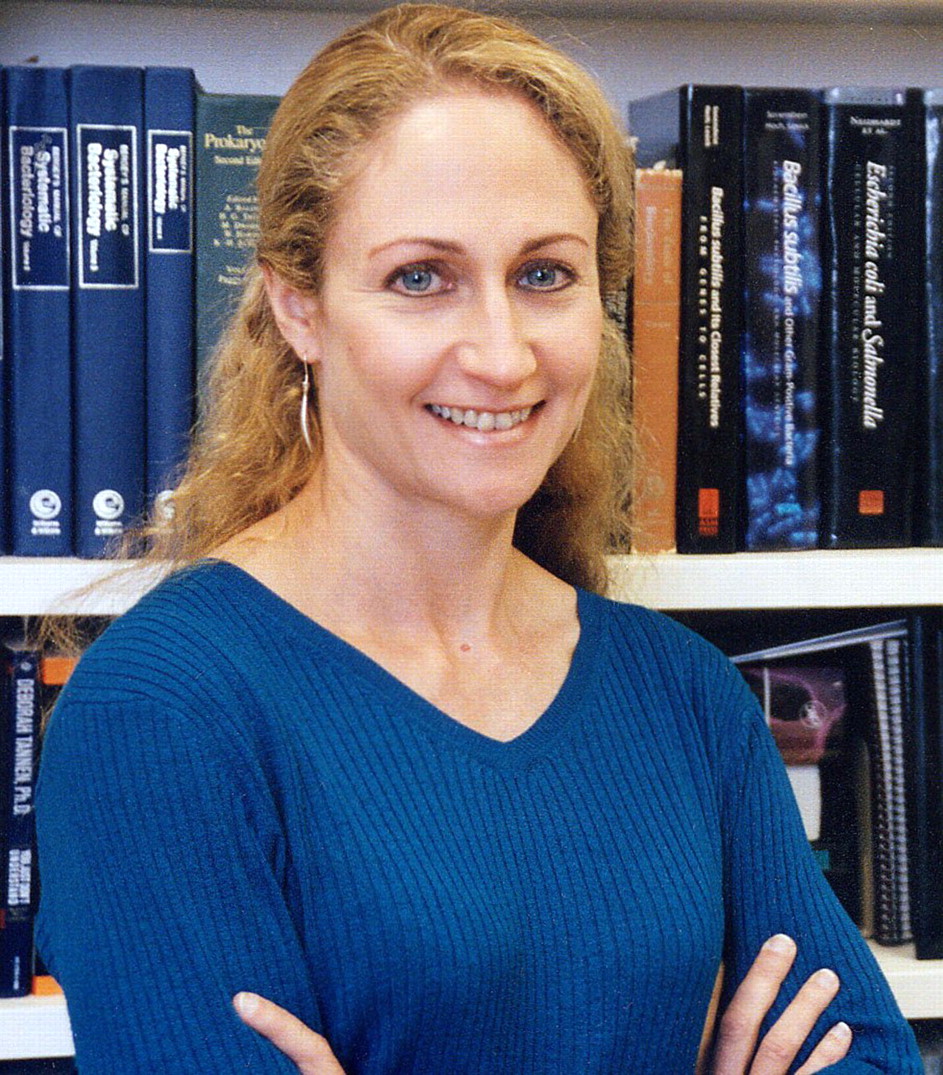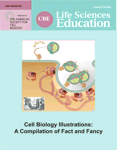Jo Handelsman
Abstract
Note from the Editor
Educator Highlights for CBE-LSE show how professors at different kinds of institutions educate students in life sciences with inspiration and panache. If you have a particularly creative teaching portfolio yourself, or if you wish to nominate an inspiring colleague to be profiled, please e-mail Laura Hoopes at [email protected].
LH: You are deeply involved with the HHMI Teaching Fellows Program at Wisconsin and the Wisconsin Program for Scientific Teaching (Pfund et al., 2009), and you've coauthored a book about scientific teaching (Handelsman et al., 2006). How do you teach people to teach in your summer institutes?
Handelsman: The HHMI Graduate Teaching Fellows Program teaches graduate students and postdoctoral fellows to apply theories of learning to classroom practice. The fellows set learning goals and assess whether they're achieved. It's theory, then practice.
LH: Can you explain a little more about how it works?
Handelsman: The program starts with eight weeks of a course, “Teaching Biology” in which the fellows learn about education principles and then practice on each other applying those principles. Then they go on to design their own materials, and finally, in the second semester, use that material in teaching students. In our qualitative and quantitative analysis of their teaching philosophy, we see little change after the first semester. But there is radical improvement after they put their ideas into practice in the second part. People learn by doing.
LH: How about a specific example of how the fellows develop materials.
Handelsman: There's a choice of venues, but let's say one picks the honors biology course. They identify a technical problem, such as explaining Southern, Northern, and Western blotting. Our fellows then develop active-learning materials to address a challenging concept and test them in the classroom, often in multiple sections of a class. They refine and retest them. Another fellow might choose “Microbes Rule,” a course developed by fellows, which teaches about bacteria, viruses, and fungi. That fellow develops learning goals about antibiotic resistance, flu, or contaminated peanut butter, and designs classroom materials to achieve these goals.
Jo Handelsman, HHMI Professor, Department of Bacteriology, University of Wisconsin–Madison, Madison, WI.
LH: Do the teaching fellows find the work difficult?
Handelsman: It's a challenge for them to narrow down to a workable subtopic. We work with them to focus on the learning goals, asking “The students will know and be able to do what at the end of this unit?”
LH: Did you learn this method of focusing on goals when you were being trained?
Handelsman: No, most of us were never taught to consider goals for learning. So in training our fellows, we direct them to focus on that over and over, and ask how their plans relate to the goals. It's backward design—think about what you want to achieve, then think about how to get there.
LH: Assessment is becoming more important at universities and colleges all over the country. How do you teach the fellows to use it?
Handelsman: Students design their own instruments. They develop skills to determine whether their goals are being met. We go over the tools with them repeatedly, identify potential downfalls, let them implement, and then review the results to see if they obtained the information needed to determine whether their teaching worked.
LH: What kind of questions do they tend to use for assessment?
Handelsman: Exam-type questions are important, whether taken as an examination or in a questionnaire. Videos of student presentations with reviewers who score on effectiveness are also useful. We ask how the fellows know if the students understood the material, and how the evidence relates to each of their learning goals.
LH: How do they evaluate and incorporate input from past assessment?
Handelsman: Before using an instrument for assessment, the fellows develop a rubric to score the quality of the answers. Often they decide to share this rubric with the students. They want to show the students what goal the assessment is addressing, what is an adequate answer, what is an outstanding answer. Then they discuss with their peers how to use this feedback to improve their teaching.
LH: I've heard faculty members at other places saying that they do lots of assessment but don't know what to do with it after they are forced to collect the information.
Handelsman: I'd suggest that they do less and use it more! Not using assessment results is like designing a new experiment but ignoring your earlier results. If we have the information to improve our teaching, we should use it.
LH: A lot of interviews for faculty positions ask for a teaching philosophy. It sounds like your fellows are well-positioned to answer these questions.
Handelsman: Yes, they have to write their teaching philosophy several times, discuss it with the other fellows, and rewrite. The fellows have been very successful in obtaining positions.
LH: Have you had undergraduate research students?
Handelsman: Yes, it's one of the most important academic activities in which students take part—anything hands-on is good, but undergraduate research is the best because it incorporates inquiry, discovery, real scientific processes. It plays into curiosity. It's such a rewarding process to watch a student in the research lab! It's a powerful thing to see them learn and grow into scientists over the course of a semester or two.
LH: What motivated you to take on undergraduate research students at the start?
Handelsman: I started undergraduate research myself in my first year of college—I walked into a lab and asked to do experiments. The difference between doing research and reading about it is so dramatic. I've always assumed that part of the structure of an academic lab is undergraduate involvement. Interestingly, I sometimes give the undergraduates riskier projects than the graduate students, who have more to lose if their projects fail.
LH: Thanks for sharing your insights into teaching with CBE-LSE.



